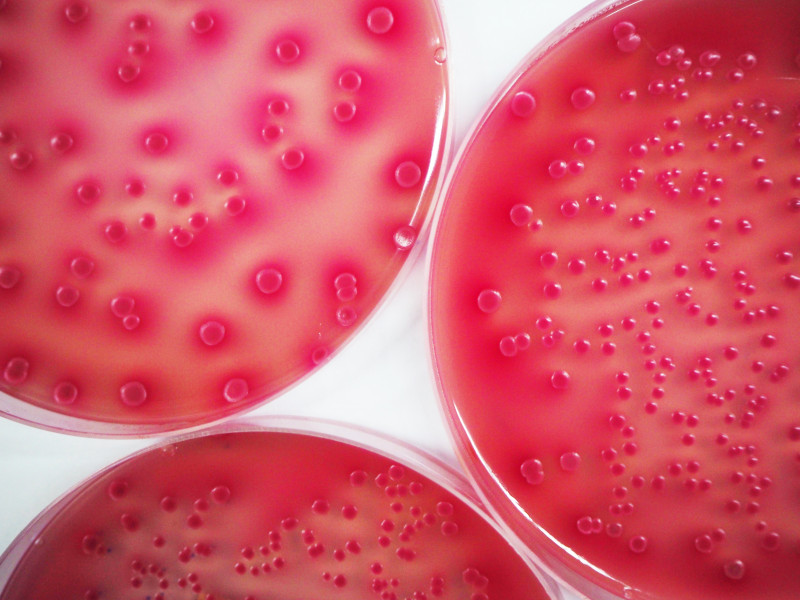Kaftrio May Be Effective for CF Patients With Unknown Mutation
Written by |

Pattar.w092/Shutterstock
Kaftrio, marketed as Trikafta in the U.S., may be effective in people with cystic fibrosis (CF) who have one F508del mutation plus one other unknown mutation in the disease-causing gene, a study in cells taken from three such patients suggests.
The results indicate that the combination therapy, which includes elexacaftor, tezacaftor, and ivacaftor, may be used to treat a broader range of CF patients.
“Based on our findings, we think that the F508del/Unknown patients considered in this study could obtain clinical benefits from Trikafta treatment, and we strongly suggest their eligibility for this type of treatment,” the researchers wrote.
However, the team of scientists, from Italy, did note that due to differences in the genome of each individual, their data “do not suggest that all F508del/unknown patients are eligible for Kaftrio.”
The study, “Elexacaftor–Tezacaftor–Ivacaftor therapy for Cystic Fibrosis Patients with The F508del/Unknown Genotype,” was published in the journal Antibiotics.
In European countries, Kaftrio is approved in combination with Kalydeco (ivacaftor) to treat CF patients, ages 12 and older, with at least one copy of the F508del mutation — the most common disease-causing mutation — in the cystic fibrosis transmembrane conductance regulator (CFTR) gene. This gene provides instructions to make CFTR, a protein that transports chloride (a salt) into and out of the cells, and helps maintain the right balance of fluid in the airways.
In Italy, Kaftrio is available to patients with either two F508del mutations or one F508del mutation in one gene copy, or allele, and one minimal function mutation in the other allele.
“However, there is a group of patients, in addition to those with rare mutations, in which despite the presence of a F508del [mutation] in one allele, it [is] not possible to identify any mutation in the other allele,” the researchers wrote. “These patients are excluded from treatment.”
The scientists thought that Kaftrio might be effective in such patients, in whom a second mutation can not be identified. To test their idea, they set out to evaluate the efficacy of Trikafta on cells from the lining of the nasal cavity, which were obtained from CF patients carrying one F508del mutation and one unknown mutation.
The study included three patients with CF, ages 40 to 59, all of whom had increased sweat chloride levels — measured by a sweat test — compromised lung function, and an infection from the bacteria Pseudomonas aeruginosa. Of note, the painless sweat test is considered the gold standard in diagnosing this disease.
To obtain cells from the nose, the researchers swabbed each patient’s nostrils using a brush. Then, the cells that stuck to the brush were allowed to grow in the laboratory, in a flat-bottomed flask containing a nutritious medium.
Those cells were tested for their ability to respond to forskolin and IBMX — two compounds that raise the levels of cyclic adenosine monophosphate (cAMP), a molecule that acts as a messenger in many biological processes, including the generation of a chloride current.
While untreated cells did not respond to forskolin and IBMX, those treated with Kaftrio showed an increase in the measured current, reaching levels similar to those of control or non-mutated cells. That increase dropped when cells were given another compound that specifically inhibits CFTR. The findings showed that Kaftrio was able to rescue CFTR activity.
According to the team, this indicates that testing cells outside of the body could provide a useful means for understanding the potential benefit of Kaftrio in patients carrying one F508del mutation plus one other unknown mutation.
This type of study could help “predict the pharmacological responsiveness on few cells derived from the patient, and therefore, with the same genetic background, saving money, time and with great clinical benefit for patients,” the researchers wrote.
In the U.S., Trikafta — marketed by Vertex Pharmaceuticals — is approved for people, ages 6 and older, who have at least one copy of the F508del mutation or another mutation that is responsive to treatment.







